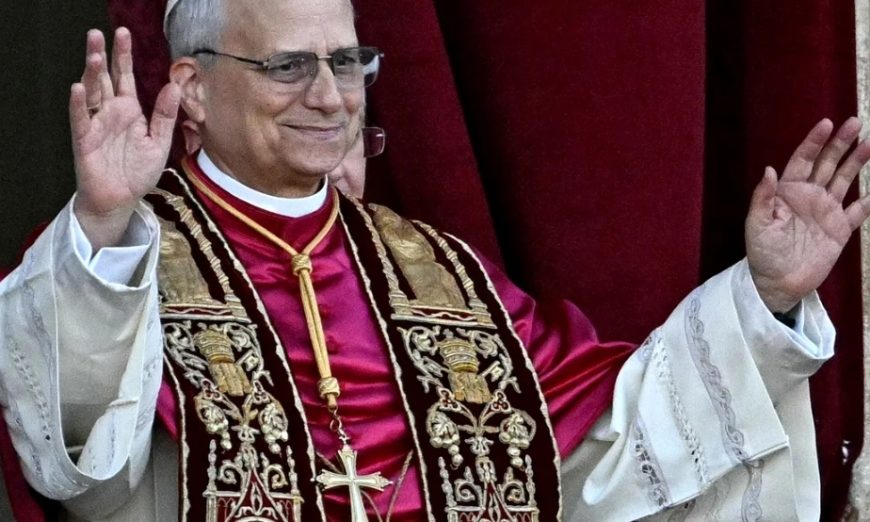I regard myself lucky to have so far lived through the leadership of six popes: Paul VI, John Paul I, John Paul II, Benedict XVI, Francis, and now Leo XIV.
Among them, five have been especially influential in shaping the direction of the Catholic Church and the world at large.
Pope Paul VI concluded the Second Vatican Council and ushered in a period of transformation. John Paul I, though pope for only 33 days, left a lasting impression with his humility and warmth.
The most personally influential to me was Pope John Paul II, a dynamic global leader whose papacy spanned from 1978 to 2005. His successors – Benedict XVI and Francis – continued to lead through times of theological reflection, reform, and a renewed focus on mercy and inclusion.
The last three papal conclaves—those that elected John Paul II in 1978, Benedict XVI in 2005, and Francis in 2013 – have been particularly memorable, by marking historical shifts.
They signalled the rise of the first non-Italian pope in 455 years, the rare resignation of a pope, and the election of the first Jesuit and Latin American pope.
Among all these, St. Pope John Paul II profoundly touched my life. Known as “the smiling pope,” he transformed the Church’s global presence and advocated strongly for human dignity, peace, and the message of Divine Mercy.
His deep devotion to the Divine Mercy, inspired by St. Faustina Kowalska, resonated deeply with me, as in the early 1990s, I actively contributed to the introduction and spread of the Divine Mercy devotion in Tanzania.
Between 1994 and 2001, I composed the first Divine Mercy hymns in Kiswahili and translated the first Divine Mercy books from English to Kiswahili, under the guidance of Fr. Wojciech Koscielniak, parish priest of Kiabakari in the Musoma Diocese. As far as I understand, he was the first missionary to bring the Divine Mercy devotion to Tanzania.
As it is known, St. John Paul II and St. Faustina were the first true apostles of the Divine Mercy. Having taken part in this spiritual movement remains one of the most meaningful ways the legacy of John Paul II has shaped my Christian values and personal faith journey.
All this came to my memory on May 8, 2025 evening, in a dazzling blend of history and hope, as white smoke curled above St. Peter’s Basilica, signaling the election of the 267th pope, a successor to St. Peter: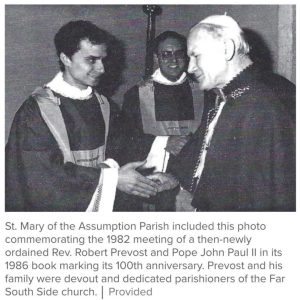
This happens to be Pope Leo XIV, the first American-born pontiff in Catholic history. As the ancient Latin words “Habemus Papam” rang through the Vatican loggia, out stepped a man of serene composure, warm eyes, and a measured smile – Robert Francis Cardinal Prevost, who will from today be known by the name Leo XIV.
The crowd below, tens of thousands deep, erupted with cheers, tears, and camera flashes. But behind the spectacle lies a story of a transformative figure who might just redefine the papacy for a 21st-century church that is simultaneously growing, fragmenting, and searching for a fresh moral compass.
If John Paul II was “the smiling pope,” Leo XIV may well become known as “the listening pope.”
That listening spirit is expected to define his papacy. In a somehow polarised church and a fractured world, Leo XIV may become the pope who hears before he speaks, who reads the signs of the times not just from doctrine, but from the voices of the people themselves.
Leo XIV’s election was historic not only for his nationality but also for how it unfolded. Leo XIV’s rise to papacy came with simplicity in the Conclave votes. It took two days and three rounds of ballot to get the job done.
On his election as the new pope, the world witnessed a moment both unexpected and deeply symbolic. Born in Chicago and shaped by years of missionary work in Peru, Pope Leo XIV steps into the role as the first American-born pontiff.
Yet his worldview is anything but narrow. His election reflects a church increasingly aware of its global character, in need of a leader who combines pastoral care with administrative rigor.
From Chiclayo to Rome, Through Peru
Ordained a priest in 1982 within the Order of Saint Augustine, Prevost’s early years were defined not by power but by proximity. He worked for the poor communities in need. His decades in Peru, including his time as bishop of Chiclayo, grounded him in the pastoral realities of Latin America and brought him face to face with the spiritual and social challenges of the Global South.
His 2023 appointment by Pope Francis as Prefect of the Dicastery for Bishops, a role central to shaping the church’s leadership worldwide, placed him at the nexus of reform and governance.
By the time he was elevated to cardinal later that year, many Vatican watchers recognised his blend of humility, clarity, and competence as qualities well-suited for higher service.
Walking in the giants’ footsteps
Compared to his three predecessors, Pope Leo XIV brings a distinct yet familiar tone:
Pope Francis, his immediate predecessor, brought a voice from the margins, emphasising mercy and inclusion. Like him, the new pope is a missionary at heart, though arguably more reserved and managerial in approach.
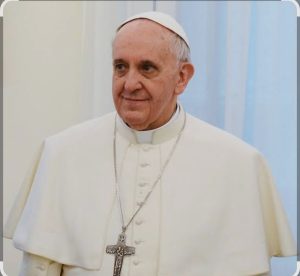
Pope Benedict XVI was a theological heavyweight who prioritised doctrinal continuity. In contrast, Pope Leo XIV is expected to focuse on institutional renewal and the credibility of leadership, though without ignoring the importance of sound doctrine.
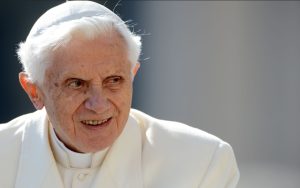
Pope John Paul II was a towering global figure whose papacy shaped geopolitics. The new pope does not seek such grandeur, yet his American upbringing and Latin American mission may uniquely position him to influence the church’s direction in both hemispheres.
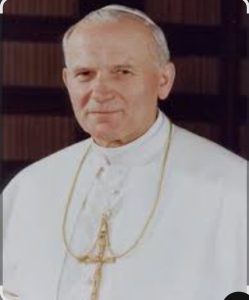
What the world expects
The world expects this new papacy to strike a careful balance between reform and tradition, between pastoral care and doctrinal clarity, and between North and South. With decades of experience in religious life and episcopal leadership, Pope Leo XIV is likely to focus on:
– Reforming episcopal appointments and accountability, especially in response to abuse scandals.
– Supporting growing Catholic populations in Africa, Asia, and Latin America.
– Continuing Vatican financial and structural reforms.
– Promoting a synodal Church that listens – especially to the laity and religious orders.
His style will likely be less charismatic and more consultative, driven by a preference for dialogue and discernment. As an Augustinian, he may lean on the wisdom of community and interior reflection.
In an age of division and disillusionment, the Church has turned to a man of quiet strength. Pope Leo XIV may not make headlines with dramatic gestures, but his papacy could very well be defined by steady, deep reform, and by listening to the whisper of the Spirit in an often noisy world.
The church he inherits
Leo XIV assumes leadership of a church that is booming in Africa and Asia, stagnating in Europe, and deeply polarised in the Americas.
He faces a rapidly shifting flock: young, digital-savvy, culturally diverse, and increasingly disillusioned by institutional failures. He is expected to face many critical questions hovering like storm clouds.
Internally, Leo XIV must confront a curia long resistant to reform. Externally, the Church’s moral voice is often drowned out by populist politics, digital cynicism, and religious pluralism. His American identity brings symbolic weight. It is both a challenge and an asset.
While some fear the politicisation of a pope from the U.S., others see in him a potential bridge between the Vatican and a superpower long skeptical of papal authority.
A pope for the geopolitical age
As the world reels from war, migration, climate crisis, and economic inequality, Leo XIV steps onto a geopolitical stage where moral leadership is scarce.
The unveiling and the message
When he emerged on the balcony, Leo XIV had a few words spoken softly but decisively:
“Peace be with all of you!”
A Tanzanian lady watching the unveiling whispered to me, “He looks committed and humble.” The salutation was reminiscent of Jesus’ message to his disciples in the Gospel of St. John 20:19-26 where he severally told them:
“Peace be with you! As the Father has sent me, I am sending you…”
Interestingly, in this case, it’s the pope being sent from the seat of St. Peter to the world.


